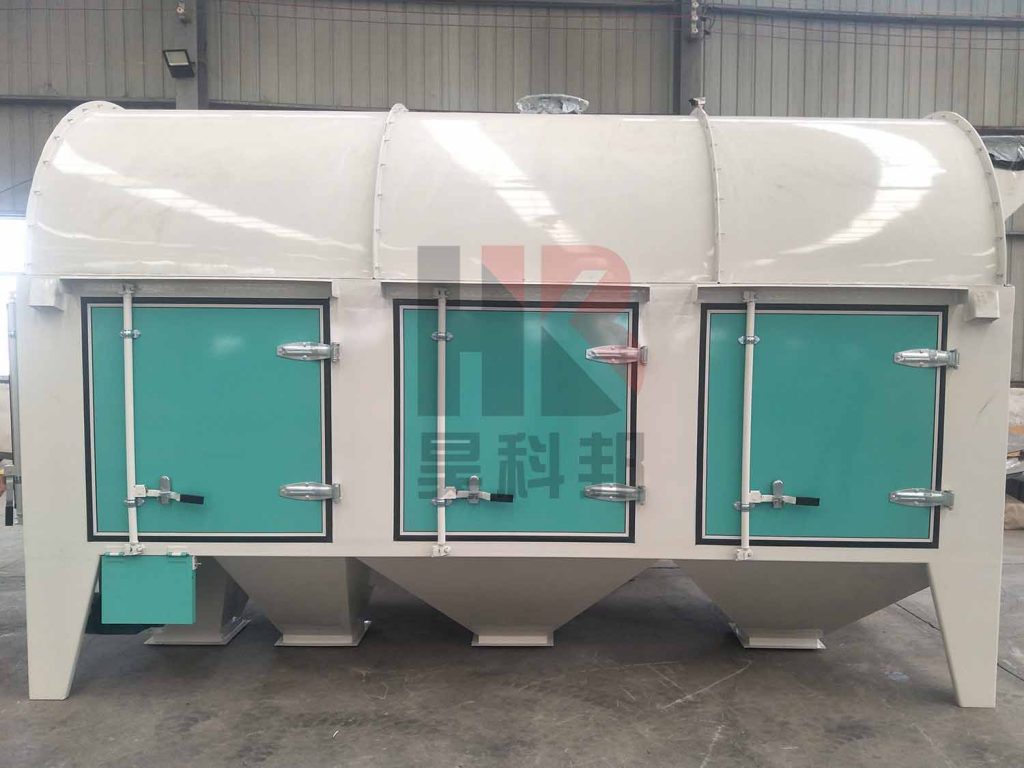The performance parameters of a drum screen directly determine the screening efficiency and grain quality. This article will explore the performance parameters of drum screens to help us precisely optimize the grain screening process.

For wheat screening, screen hole sizes typically range from 1.5 - 2mm. This effectively removes dirt and broken grains from wheat while maintaining the integrity and purity of the wheat kernels. For larger-grained crops like corn, screen hole sizes can be increased to 3 - 4mm to enhance screening efficiency.
Screen hole shape is also one of the performance parameters of drum screens. Common shapes include round, square, and rectangular holes. Round holes are suitable for screening grains with more regular shapes, such as wheat and soybeans.
For damp or sticky grains, it is advisable to reduce the drum speed. This extends the grain's residence time on the screen mesh, ensuring that fine particles and impurities can fully pass through the mesh. For dry, free-flowing grains, the drum speed can be increased to improve screening efficiency.
Small grain silos with low daily processing volumes can opt for drum screens with a capacity of 10 - 30 tons per hour. Large grain silos, on the other hand, require large drum screens with a capacity of 50 - 100 tons per hour to meet the needs of large-scale grain screening.
High-quality vibration dampening devices can effectively reduce equipment vibration, lower noise levels, and enhance operational stability. For example, drum screens equipped with rubber or air springs can significantly absorb vibration energy, extending the equipment's service life.
The material of the drum screen is another important factor affecting its performance. High-quality stainless steel not only offers excellent wear and corrosion resistance but also ensures long-term stable operation in harsh grain screening environments.